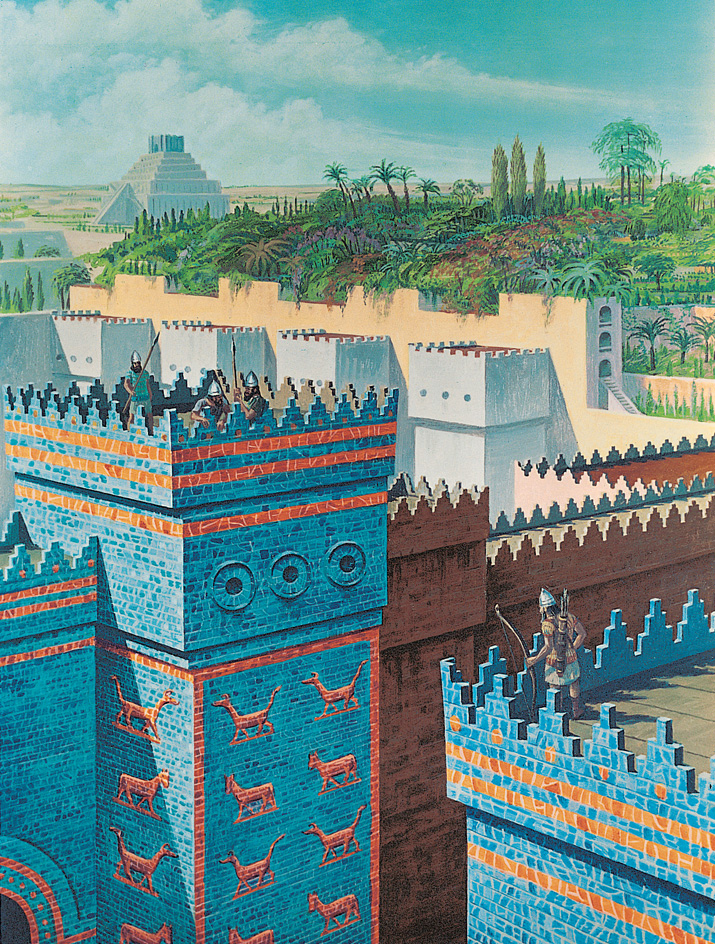Nebuchadnezzar, << nehb uh kuhd NEHZ uhr, >> II (630?-562 B.C.) reigned as king of Babylon and ruler of the New Babylonian Empire from 605 to 562 B.C. The New Babylonian Empire included much of the Middle East. Babylon, a city near present-day Al Hillah, Iraq, was the empire’s capital. Nebuchadnezzar was one of the most famous kings of the ancient world. He is best remembered for conquering the city of Jerusalem and for his great building projects. His name is also spelled Nebuchadrezzar and Nabu-kudurri-usur.
In 597 B.C., Nebuchadnezzar captured Jerusalem, the capital of a Jewish kingdom called Judah (now part of Israel). He deposed the king of Judah and appointed another king. He also took payment and hostages. About 10 years later, Judah rebelled against Babylonian control. In 587 or 586 B.C., Nebuchadnezzar took the city of Jerusalem again. His army destroyed the city’s Temple and palace, and sent many Jews to Babylonia as prisoners. This period of Jewish history is called the Babylonian Exile.
Nebuchadnezzar launched many important building and renovation programs in Babylon. He built or improved a major palace, several temples, a monumental gate known as the Ishtar Gate, a paved avenue called the Processional Street, and a pyramid-shaped tower called a ziggurat.

See also Babylon .
